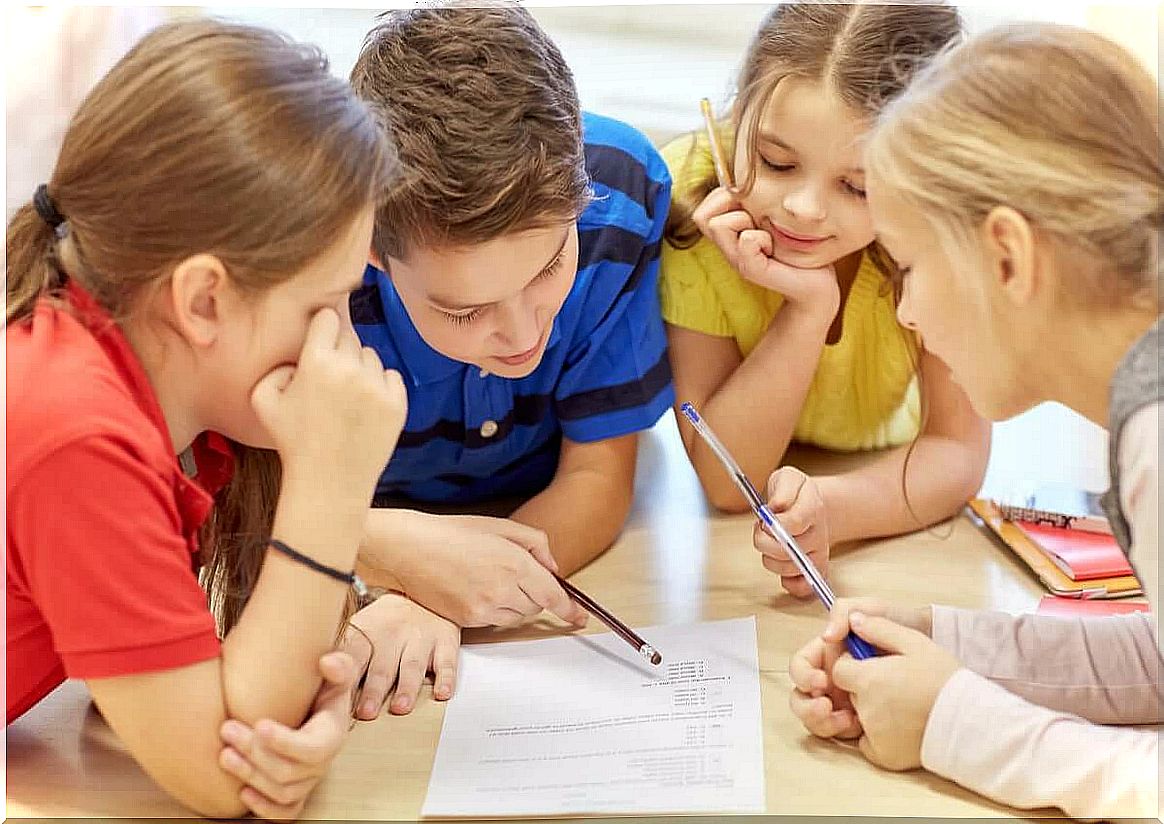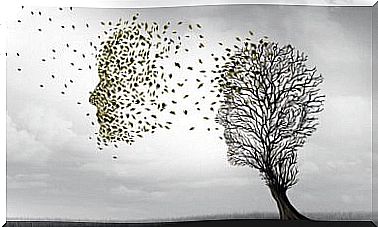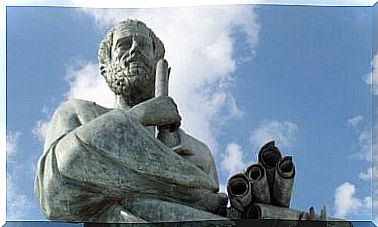How To Teach And Learn To Think?

Traditional education is based on a systematic and mechanical learning process where the main objective is memorization. Currently, many studies advocate a different teaching method. One of the main goals of this educational revolution that we are witnessing is to arrest thinking. The intention is to provide students with tools for them to seek information on their own and critically assimilate it.
It is important to change processes and prepare students so that, in the future, they will be able to do good analyses, solve problems effectively and make good decisions. So when it comes to teaching and learning to think, it’s important to remember that all our actions are based on our thoughts. This helps young people to become good thinkers and not just memorize.

Why teach and learn to think?
In most schools, there is no educational model that teaches students to think. Traditional schools continue to use short-term tools, methods and techniques. Teachers spend most of their time teaching students how to solve equations and memorize texts they are likely to forget in a few days.
However, many education professionals bet on methodologies based on understanding, and on the value of questions before answers, creating ways to solve problems through thinking. For this, it is also necessary to renew procedures and tools.
What is Thinking-Based Learning?
Today, many educational institutions have taken it a step further, recognizing that the traditional methodology focuses on repetition with very little intrinsic meaning. This teaching model is ineffective because critical and reflective thinking is not put into practice.
Thought Based Learning (TBL) provides a more conscious and profound learning capable of changing the way the student deals with new information. Robert Swartz, one of the most influential personalities in the field of education and creator of this method, defines it as a methodology that teaches people to think creatively and critically.
Robert Swartz explains that this methodology came about when he attended a history class in Boston. The teacher gave his students two different stories and asked them to think about which one to believe. Swartz realized that these children were learning to decide if what they were reading was something they should accept as true and trustworthy. In conclusion, he found that this perspective could be applied to everything.
This active methodology goes beyond content as it ensures that students learn to think and have the opportunity to solve real-world problems. It also encourages them to consider the different options and find out which is the best. Thus, the learning process does not depend on memorization, but on the internalization of contents.
Collaborative thinking in the classroom
To learn to think, the teacher must act as a facilitator. It should guide students to solve problems, cases and projects together. With this, it encourages the active participation of students.
Teaching and learning to think requires group work, after all, all thinking works best when it’s collaborative. Sharing thoughts and ideas with those around you encourages teamwork, which in turn helps students reflect and share all types of learning.
The Importance of Questions for Learning to Think
Dialogue is an invaluable resource for gaining knowledge. As early as the 5th century BC, Socrates realized its usefulness and designed a whole method: maieutics. The Socratic method considers questions a way of developing thinking. That said, questions asked in the classroom are the stimulus for students to try to answer and/or raise new questions.
In addition, questions are useful for students to increase their ability to structure their ideas, synthesize their answers, and defend them through reasoning. Consequently, there is an increase in their autonomy. Suddenly they feel confident enough to explore uncharted fields. In this sense, a good teacher knows which questions are most appropriate for each situation.

the six hats of thought
The Six Hats of Thought technique was created by Edward De Bono to facilitate problem solving or analysis from different points of view. It encourages lateral and creative thinking, encourages parallel thinking and is an alternative to traditional thinking.
The six hats represent six ways of thinking. Each of them has a different color, representing the directions of thought we can use when facing a problem. In this technique, each participant imagines themselves putting on and taking off a hat to indicate the type of thinking they are using.









